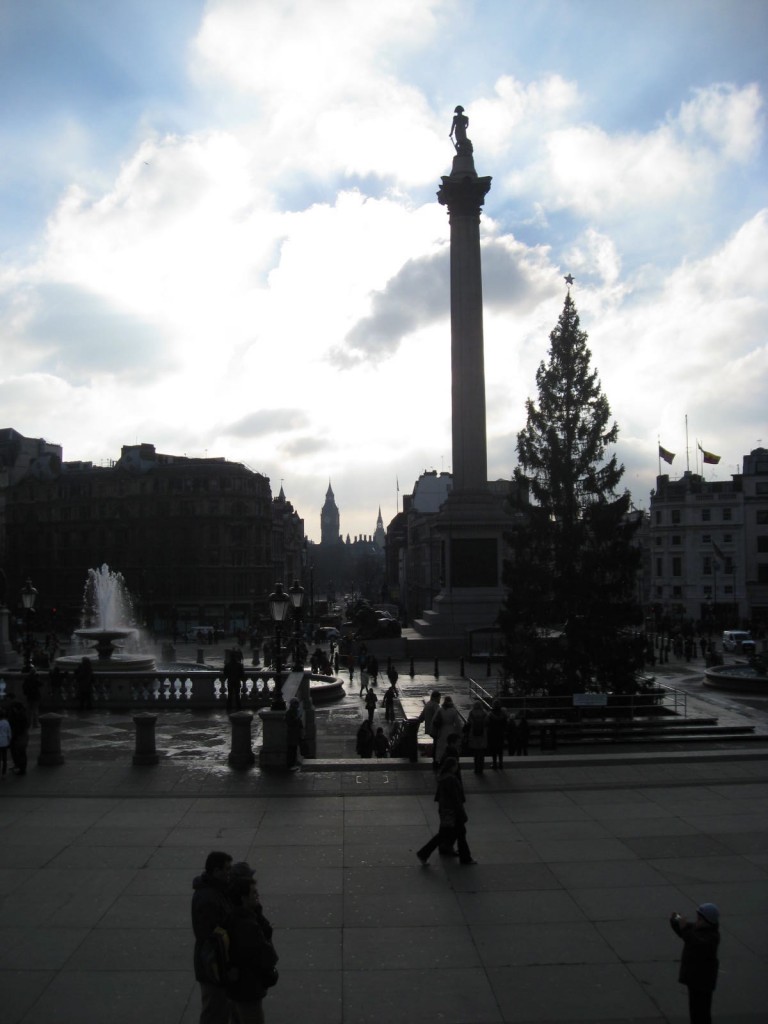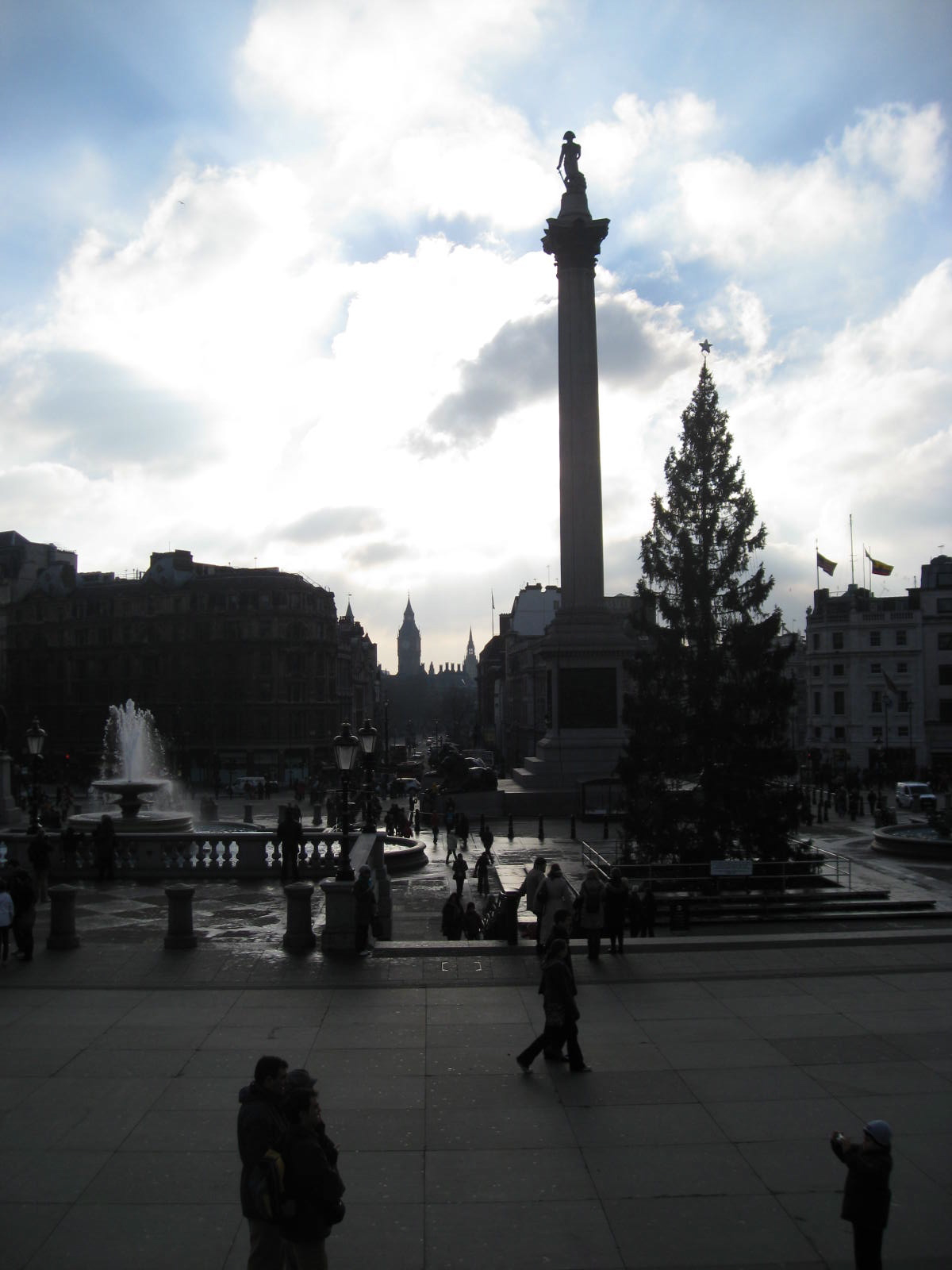
Framed by grand buildings, Trafalgar Square, was up until the mid-1990s choked by traffic which encircled its edges on four sides. The historic design by Sir Charles Barry in the 1840s which created the square as a central island, had evolved into a traffic roundabout that impeded safe pedestrian movements throughout the public space and surrounding buildings. Pedestrians would stick to the edges, experience delays at pedestrian crossings, struggling to cross the surrounding wide and busy streets. The redevelopment of the World Heritage Site in 2003, transformed the heart of London, improving pedestrian access, traffic flow, and enhancing the experience of the architecture, monuments and the public space itself.
Designed by W.S. Atkins and Foster and Partners in 2003, additional public space was created at Trafalgar Square by removing the four lane road with east-bound traffic on the northern side. The former road space was transformed into a pedestrian terrace, which better connected the National Gallery with the square for pedestrians. Traffic was diverted to the remaining three roads which were narrowed. Prior to redevelopment, accessing the square was prohibitive for people on foot, with pedestrians having to use crossings at the northeast and northwest corners of the square. An imposing staircase was created to connect the terrace with the square, dramatically improving pedestrian connectivity. Two lifts were installed to ensure accessibility, as well as public restrooms and a cafe. The pedestrian improvements promote access to heritage buildings, statues and public art, with walking times significantly reduced. Trafalgar Square today has a better balance between cars and pedestrians, optimizing access for all visitors to the space and users of the roads. The redesign of vehicle access and circulation, also considered the needs of dozens of buses with routes passing Trafalgar Square, with bus-only priority sections integrated.
Trafalgar Square’s history dates back to the 14th century when it was the courtyard of the Mews stabling of Whitehall Palace. In 1812, a street was developed from Charing Cross to Portland Place by architect John Nash. This created an open square which Nash envisaged as a cultural public space. Trafalgar Square was officially named in 1830 and by 1838, Barry had developed a plan which included an upper terrace adjacent to the recently developed National Gallery and a lower square linked by stairs. Nelson’s Column and the fountains became significant features of the square in the 1840s. The redevelopment references the vision of Barry’s original design, reconnecting the terrace and square for people and utilising traditional materials such as York stone, granite and bronze. The design also incorporated new seating, improved lighting, signage and paving
Although the redevelopment of Trafalgar Square only took 18 months, years of planning and design had preceded. The once noisy and polluted square has become a more pleasant, accessible and enjoyable place for people. These urban design, landscape and planning efforts restored Trafalgar Square as a world renowned place, and one of London’s most famous and popular public spaces. The re-design enhances the historical and social significance of Trafalgar Square as a center for public demonstration, democracy, ceremony, gatherings and events.
Sarah is an urban planner and artist from Melbourne Australia, currently living in Seattle. She has contributed to diverse long-term projects addressing housing, transportation, community facilities, heritage and public spaces with extensive consultation with communities and other stakeholders. Her articles for The Urbanist focus on her passion for the design of sustainable, inviting and inclusive places, drawing on her research and experiences around the world.



